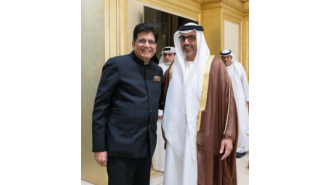Global currency reserve system 101
Lyn Alden’s post on “The Fraying of the US global currency reserve” is fantastic. If you’ve ever been curious about the global currency reserve system, Lyn has you covered. It will take 20-30 minutes to read and is effectively a free top quality course in macroeconomics.
I’ve shared her summary below – but, I’d strongly recommend reading it in full.
Thank you for the education, Lyn.

The world goes through periods of geopolitical order and disorder, and with that, comes the construction and subsequent fraying of the global monetary system each time.
More troublesome, the inherent flaw of having the global reserve currency, in a theme that goes back to economist Robert Triffin from over half a century ago, is that in order to maintain the global reserve currency, the country must supply the world with its currency via structural deficits in one form or another.
At first, the hegemonic benefits of being the reserve currency nation outweigh the costs, but as the benefits stay relatively static and the costs compound over time, eventually the costs outweigh the benefits and the system becomes unsustainable.
In addition, a system constructed around the US dollar decades ago when the US was 35% of global GDP, doesn’t work as well when the US is only, say, 20% of global GDP. It’s not about how big the US military is to keep its hegemonic status; it’s about whether the global monetary system as currently structured is still mathematically viable, and whether it even still supports the interests of the United States.
Put simply, there is a natural economic entropy to global reserve currency status, because inherent flaws in the system continue compound until they reach a breaking point. The challenge, of course, is identifying ahead of time where that breaking point is. A change in the global monetary system doesn’t necessarily mean bad things for the United States (indeed, the United Kingdom had an economic boom in the post-war years after it lost reserve currency status), but it does mean making a trade-off between international interests and domestic interests, and re-aligning trade as needed to obtain the desired balance.
My base case is that going forward over the next several years, the global economy will, more likely than not, encounter the third dollar bear cycle of this current petrodollar system. If so, assets such as global equities, quality residential real estate, precious metals, industrial commodities, and alternatives such as Bitcoin, are likely to do well.
From there, the global monetary system is gradually becoming more decentralized, in the sense that alternate payment systems and alternate currency settlements among trading partners are growing in use. This is indeed a more structural shift towards a new system. It could happen slowly, as it already is, or it could accelerate if the US itself also shifts out of the fraying system.






